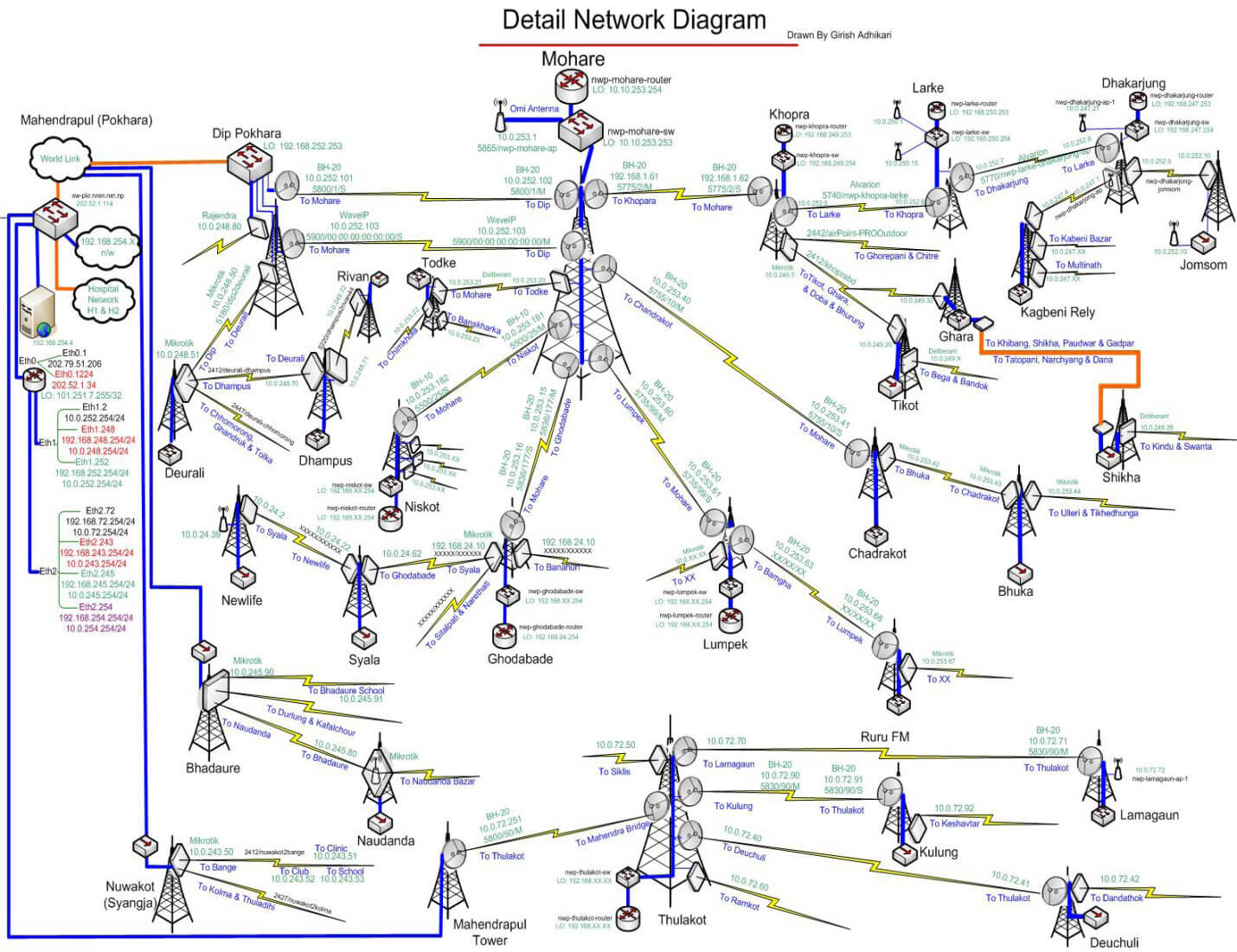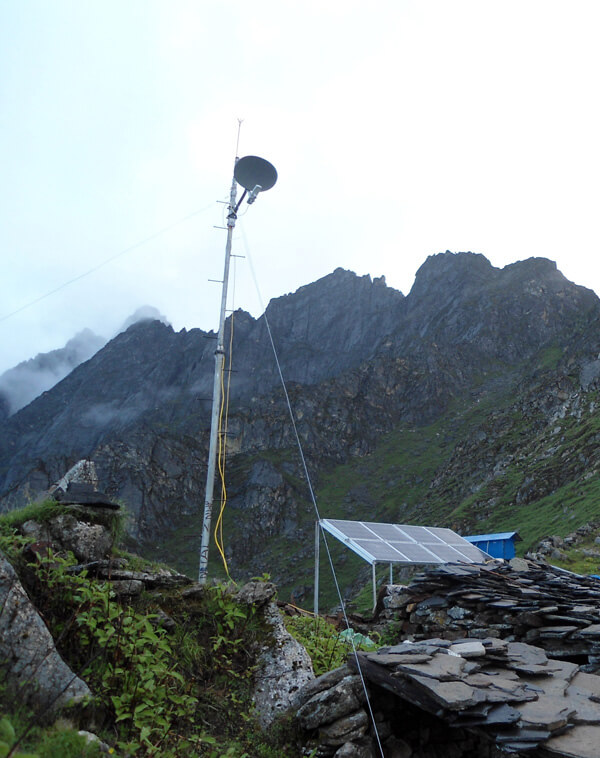We like to share content from our partners and this fascinating case study from Cambium Networks is about a wireless network that is running the most remote villages in the world. Anyone who has watched or read about or been fortunate enough to actually go to the Himalayan region in Nepal will know that communications in the region are very seriously challenged.
IN 2002, NEPAL WIRELESS CONNECTED ONE VILLAGE IN THE HIMALAYAN REGION TO THE
Internet using a simple Wi-Fi router and homebuilt antenna during its testing phase. After the
successful testing it started using wireless broadband Point-to-Point (PTP) link from Cambium
Networks. Accessibility to broadband using Cambium radios provided such an improvement in
education, health care and safety that the network was expanded to include more villages in the
area. The Nepal Wireless network is now serving 150 of the most remote villages in the world and continues to grow rapidly.
“BECAUSE OF THE INCREDIBLY CHALLENGING terrain and the small population, no commercial service
providers are interested to provide service. “We are continuing to expand the network. We
provide Internet service to villages where there is no means of transportation other than walking.”
Nepal Wireless sees this network as much more than a service provider business. Pun says, “This network is not a commercial business. We are doing it for social cause because our goal is to bring the benefit of the information and communication technology to under served people. We want to increase the digital literacy among the rural people and want to bridge the digital gap as far as it is possible.”
The terrain is unquestionably the most challenging in the world. “Most of our relay stations are
located on the top of high mountains ranging from 3,000 meter to 5,000 meter elevation, and at
levels where it snows heavily in the winter,” says Pun.
BECAUSE THE GEOGRAPHY IS SO CHALLENGING, NEPAL WIRELESS DESIGNED SOLAR powered relay towers. To minimize the costs of equipment and towers, the equipment had to perform at the longest possible ranges between tower locations.
In addition, there was no government funding to create the network, so the solution had to be affordable to purchase and highly reliable to provide the lowest management and maintenance costs. The network is leveraged to provide a host of connectivity solutions for people in the region:

NEPAL WIRELESS’ NETWORK IS COMPRISED MOSTLY OF PTP backhaul links for long range connectivity. The longest link is 59 km. In most cases, the PTP link serves a single remote location. Where access network connectivity is required, Point-to-Multipoint (PMP) access solutions are used. These communication centers in the villages provide a location where people who cannot afford computers and Internet access can go and access information. In addition, the network connects schools and health care clinics to provide the best possible opportunity for the people. While the number of residents needing connectivity is small in number, lodges where tourists stay show strong demand for connectivity. These lodges are able to satisfy tourists’ needs for Internet connectivity.
